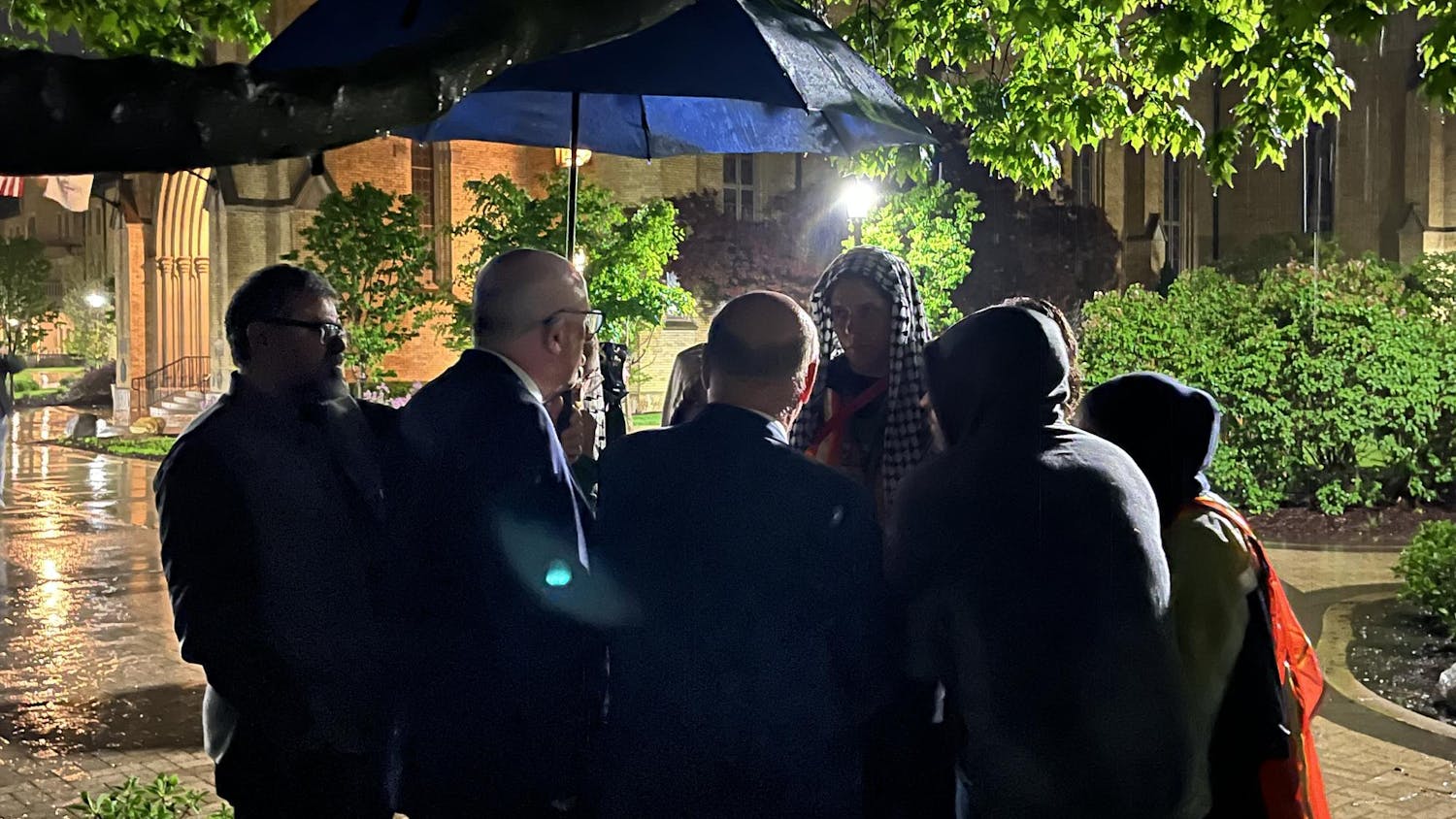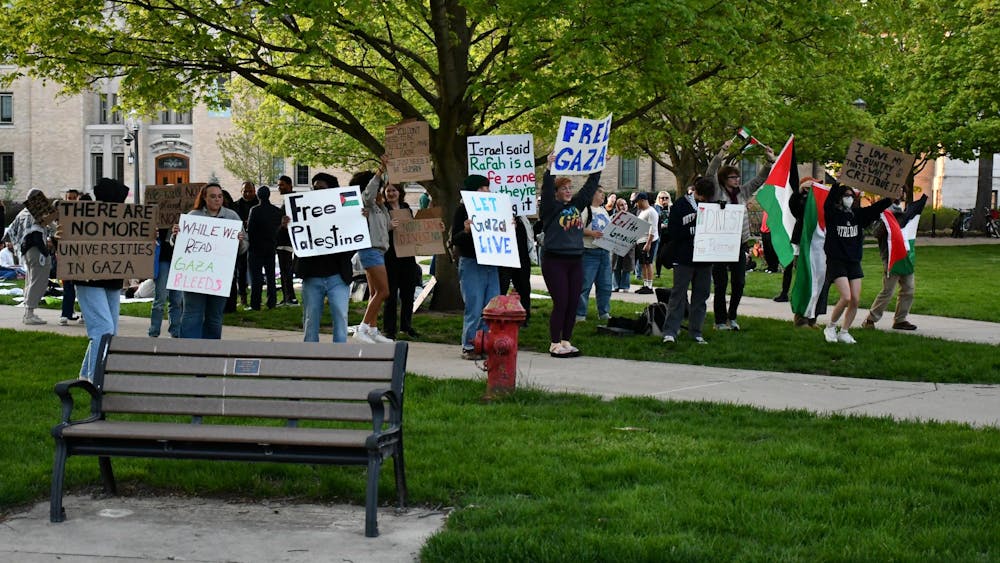“Made in Bangladesh.”
For the longest time my eyes would gloss over those simple words as I purchased clothes with no consideration as to where or how they were made. In the process of becoming a more conscious consumer in regards to food production, I began to consider all of my purchases, and I quickly settled on the biggest collection I owned — my clothes.
The advent of fast fashion, or the cheaper, more efficient production of clothing, has emphasized the need for consumers to buy as many inexpensive garments as possible in order to keep up with the ever-changing trends. However, in order to drive the prices of clothing down, production costs must be decreased, and garment workers in developing countries are often subject to unsafe conditions and receive less than living wages in the factories large clothing companies use to produce their garments. Fast fashion also has major implications for the environment. As the need for fabric grows, the use of toxic chemicals to dye textiles and maintain agriculture for growing cotton increases. By promoting a sentiment where clothes seem disposable because of their low price and the shifting trends, textile waste skyrockets and millions of tons of clothes sit in landfills taking hundreds of years to decompose while releasing harmful gases into the air.
The bottom line is that cheap clothes at a number of popular retail stores seem like a bargain, but someone is paying a high price. The Triangle Shirtwaist Factory fire killed 146 garment workers in 1911 New York City as a result of neglected safety features, and the tragedy forced the development of better laws and regulations that protected workers rights in America. In 2013, the commercial building Rana Plaza in the Dhaka District of Bangladesh collapsed killing 1,134 garment workers. I think there’s something significant about the fact that more than a century has passed since the Triangle Shirtwaist Factory fire — since we have been acutely aware of the importance of treating garment workers as people — yet disasters like the Rana Plaza collapse and the 2012 Pakistan garment factory fires continue to occur because we favor the acquisition of our own clothes over the rights and safety of garment workers. It will be five years since the Rana Plaza collapse on April 24 and, unfortunately, not much has changed.
As I have begun to educate myself on the human rights violations and the environmental hazards associated with the fashion industry, I view clothes differently. I notice the boldfaced label “Made in Bangladesh” I didn't use to see before. I’m not trying to tell people they must boycott the fashion industry, and I am not trying to insult people who love shopping. I also don’t think that I am personally improving the world by attempting to be a more mindful consumer. I simply believe that it’s important to be cognizant of what you have and how your possessions affect others, and I wish I had started considering the consequences of my own shopping habits sooner. The only advice I would give is to begin appreciating the effort put into producing the clothes and the products you buy. Take a second to consider the hands that sewed the jeans you’re wearing — that is the first step.













